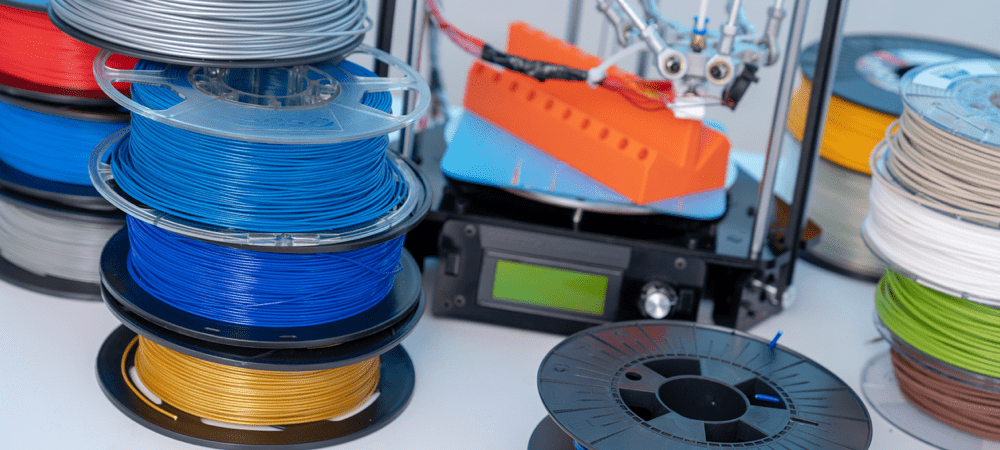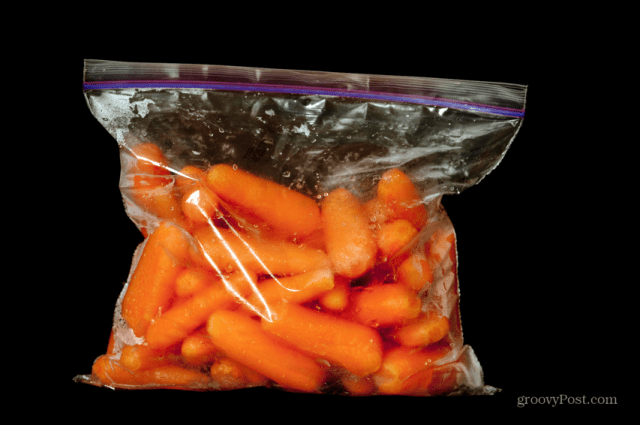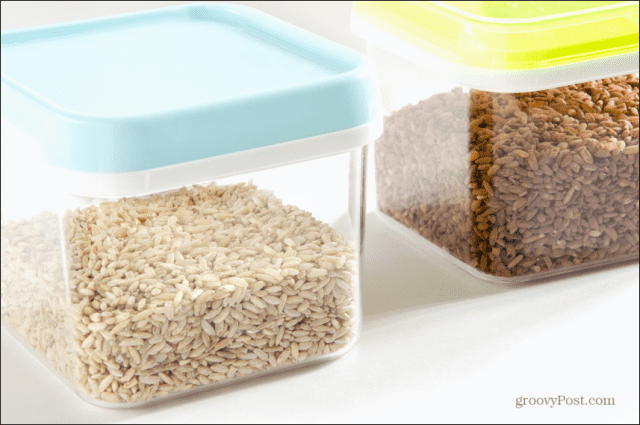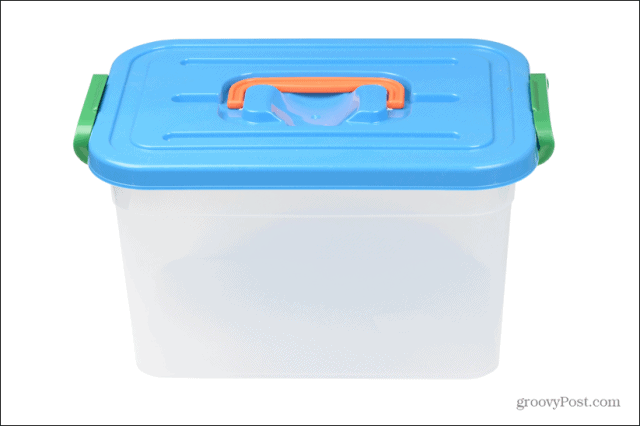Thankfully, there are plenty of ways to keep your spools protected. Here are some useful tips on how to store PLA filament.
Why Does PLA Filament Storage Matter?
PLA filament is what is known as a hygroscopic material. This means that it attracts and holds water from the surrounding environment. If it isn’t stored correctly, PLA filament can become saturated with moisture. This can cause the filament to become brittle, or cause stringing, leading to problems with your prints. Whilst PLA is not as sensitive to moisture as other 3D printing filaments can be, correct storage can reduce the risk of too much moisture absorption.
How to Store PLA Filament
There are many different ways to store PLA filament. The options you choose will depend on the humidity of the room where you store your PLA filament, and how long the filament will be stored before use.
Zip Seal Bags
If you’re looking for a cost-effective way to store PLA filament that will help to reduce the risk of moisture, then zip seal bags are a good choice. Although these bags aren’t capable of creating a complete vacuum, they will slow the progress of moisture. Try to expel as much air from the bags as you can before you seal them. You can improve the effectiveness of using zip seal bags by adding a desiccant such as silica gel into each bag. Zip seal bags aren’t a great option for storing your PLA filament long-term, but in the short term they can provide useful protection at a low price.
Vacuum Bags
If you’re looking for a more effective way to keep your PLA filament protected against humidity, then you might want to consider vacuum bags. These are similar to zip seal bags but include a one-way valve through which you can suck the air from the bag using a vacuum. By sucking out the air from the bag, the moisture levels are kept even lower. As with zip seal bags, air will eventually enter the bag. Adding desiccant can help keep your PLA filament moisture-free for longer. The beauty of vacuum bags is that it’s easy to see when air has entered, as the bag will begin to swell. You can then use a vacuum to remove the air again and add more desiccant.
Cereal Boxes
Plastic cereal boxes are intended to keep moisture out of your cereal, which makes them a good choice for storing your PLA filament. Most of these plastic boxes include a seal to help keep them airtight. The biggest challenge is finding boxes that are big enough to fit your spools of filament. The largest cereal boxes are usually a good fit for a single spool. These boxes are relatively inexpensive to buy individually, but the price can add up if you have a lot of spools to store. As with bags, adding desiccant to the boxes can help to keep the filament moisture-free for longer.
Sealed Plastic Storage Tubs
If you have multiple spools of PLA filament to store, and you don’t want to put each one into a storage box, then a large, sealed plastic storage tub can be used to store several spools at once. It’s important to find storage tubs that have a gasket seal to keep air out. A standard storage tub without a gasket won’t provide a tight enough seal to keep air and moisture out for very long. Sealed storage tubs can be reasonably effective, however, particularly in combination with the use of a desiccant. If you have a lot of spools to store, and you won’t be storing them in a particularly humid location, then a sealed plastic storage tub can offer a reasonable amount of protection.
Dry Boxes
If you’re looking for the most effective way to keep your PLA filament free from moisture, then a dry box is your best choice. These boxes are specifically designed to keep 3D printing filament free from moisture. A dry box is in essence an airtight box with a built-in dehumidifier. This keeps the humidity inside the box at a low level, regardless of the humidity of the room where you’re storing your filament. A dry box can keep your PLA filament in peak condition for long periods, although it is a far more expensive option than the other storage solutions listed above. If you keep your PLA filament in humid conditions, such as a garage, then you may feel that the cost is worth it.
Storage Racks
If you’ve got a lot of filaments, you might want it within easy reach. Many people opt to keep their PLA filament spools on shelves or hanging racks. Storing your filament this way without any other form of protection is fine, as long as you’re not storing it in humid conditions and plan on using the filament within a fairly short timeframe. If it’s going to be stored unprotected for months on end, then moisture is likely to become a problem. You might consider combining storage racks with one of the methods listed above. For example, if you have hanging racks, why not try sealing your spools in zip sealed bags before you hang them? If you have shelving, you could place each spool inside a sealed cereal box that you can then place on the shelves. The more protection you can give to your PLA filament, the better your printing will be.
How to Tell if Your PLA Filament is Too Moist
With many of the options on this list, the storage method will provide some short-term protection, but eventually, moisture will become a problem. How can you tell if your filament has become overly moist? There are a number of tell-tale signs that indicate that your filament may be too moist to use effectively.
Swollen Filaments
Absorbing moisture will cause your PLA filament to swell. Whilst this is not always obvious to the naked eye, measuring with calipers may give an indication that your PLA is too moist.
Brittle Filaments
One of the biggest reasons to keep your PLA away from moisture is that it causes it to become brittle. If you find that your filament is snapping like dried spaghetti, then it’s probably due to excess moisture.
Popping When Printing
One of the most obvious indicators that your PLA filament is too moist is that you hear clear popping sounds when printing. This is due to the water in the filament heating up, expanding, and vaporizing. You may also see some steam from the melt zone.
Poor Layer Adhesion
If you find that your layers aren’t bonding together very well, then moisture in your PLA could be the cause. If you’re having issues with layers separating or splitting, then your filament may be too moist.
Low Print Surface Quality
Moist PLA filament can also have a detrimental impact on the quality of your print surface. If your print surface is noticeably worse than usual, then it may be because your PLA filament is too moist.
What To Do if Your Filament Is Too Moist
If your filament shows signs of being too moist, all is not lost. It’s possible to dry out your filament to improve the quality of your 3D printing. There are a number of options for drying your filament. One of the most effective is to use a dedicated filament dryer. You place your spool into the device, choose your desired setting, and the filament dryer will get to work drying out your filament. If you don’t have a dedicated filament dryer, then your oven can also do the trick. PLA dries best at about 105 to 115 F. Preheat your oven to the desired temperature and leave it for around five hours to dry out. Be sure to ventilate your oven thoroughly afterward before you use it for cooking. Another option for drying out your PLA filament is to use a food dehydrator. These products are for drying out meat or other foods but work equally well for PLA. Again, you want to set the temperature to around 105 to 115 F and leave it for several hours.
Using a 3D Printer Correctly
Learning how to store PLA filament using items you may have lying around the house is a useful hack that can keep your 3D prints coming out in the highest quality. Got your own 3D printing tips to share? Drop them in the comments below. Comment Name * Email *
Δ Save my name and email and send me emails as new comments are made to this post.
![]()







